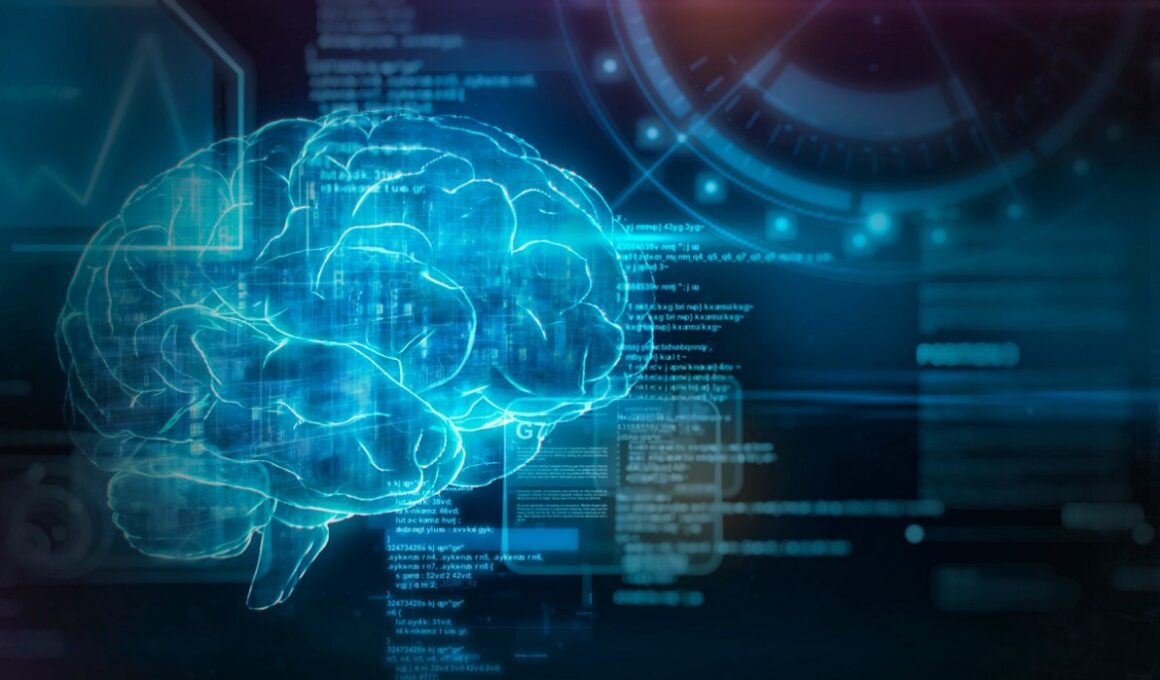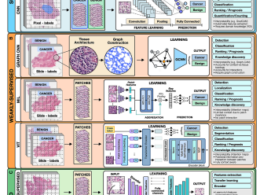The study’s findings dismiss a longstanding belief that AI will take away jobs from people.
Rather, the fear of losing jobs to AI has been replaced with a new focus on reskilling people.
Venture Beat
Chris J. Preimesberger, Zeus Kerravala
March 17, 2022
Key messages
Summarized by Joaquim Cardoso MSc.
Chief Editor of the “Modern Health Institutes” Blog
March 23, 2022
- AI/ML is now accepted in the workplace
- Data analytics boosts productivity, enables greater social responsibility
- AI creates more sustainable business practices
- AI does not take jobs — it creates new ones
Additional comments
- The study’s findings dismiss a longstanding belief that AI will take away jobs from people. Rather, the fear of losing jobs to AI has been replaced with a new focus on reskilling people.
- The research confirms a growing need for AI, ML and data analytics in the enterprise.
- Organizations can harness the potential of these technologies, — not only to save money and improve employee productivity but also to do good for the communities they serve through sustainable business practices.
ORIGINAL ARTICLE (full version)
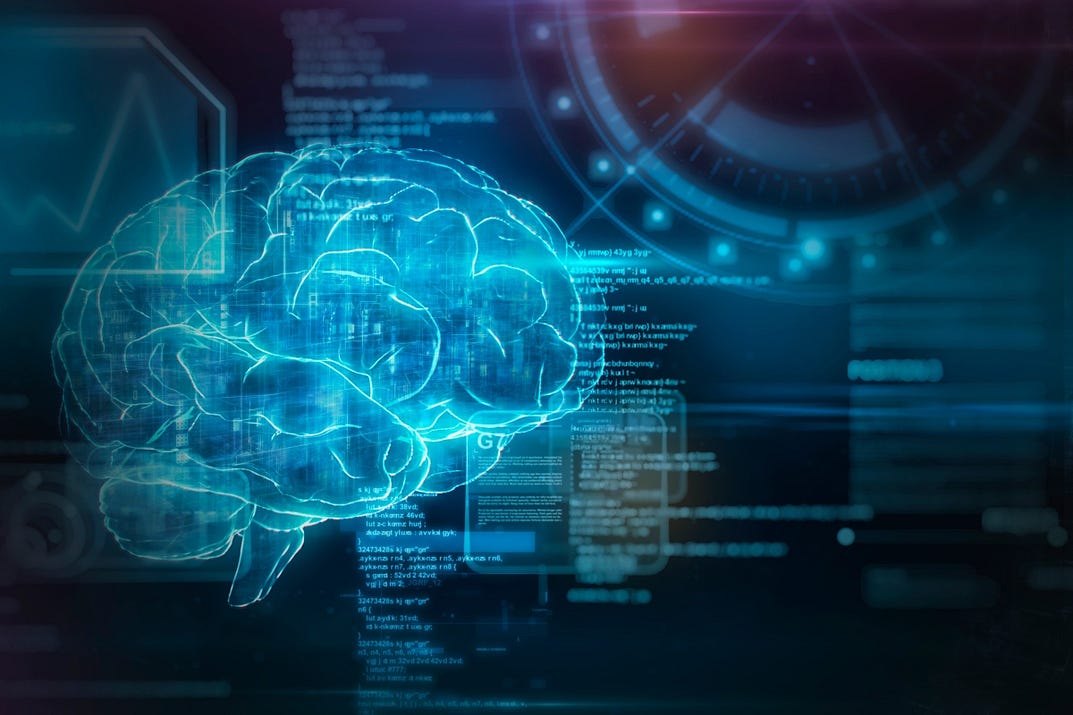
AI critical to business success in post-pandemic world, study finds
Venture Beat
Chris J. Preimesberger, Zeus Kerravala
March 17, 2022
Enterprise data cloud provider Cloudera today released a new study, “ Limitless: The Positive Power of AI,” which explores how organizations use artificial intelligence (AI), machine learning (ML) and data analytics to improve business outcomes in a post-pandemic world.
The study also examines the rise of environmental, social and corporate governance (ESG) and how organizations choose to use these technologies for the greater good.
About the methodology
Cloudera, in partnership with Sapio Research, surveyed 2,213 business decision-makers who work at worldwide organizations with more than 1,000 employees.
Over 10,000 knowledge workers — individuals who access technology as part of their jobs — also participated in the August 2021 study.
AI/ML is now accepted in the workplace
Prior to COVID-19, AI and ML were met with skepticism in the enterprise, as many employees wondered whether smart machines would take over their jobs.
However, both employees and organizations have become more comfortable with these emerging technologies, thanks to the constant innovation over the past two years.
The study found a significant shift in attitudes towards AI, ML and data analytics:
- Over three-quarters (77%) of knowledge workers said that all three (AI, ML and data analytics) could benefit their company in the next 36 months.
However, both employees and organizations have become more comfortable with these emerging technologies, thanks to the constant innovation over the past two years.
Over three-quarters (77%) of knowledge workers said that all three (AI, ML and data analytics) could benefit their company in the next 36 months.
This is consistent with ZK Research’s survey, which finds many employees who work with data are overwhelmed by far too much information to analyze manually.
Businesses compete to find key data-driven insights in an era when the volume of information to make decisions has exploded, making AI/ML not just a nice-to-have but a must-have for the enterprise.
Businesses compete to find key data-driven insights in an era when the volume of information to make decisions has exploded, making AI/ML not just a nice-to-have but a must-have for the enterprise.
Data analytics boosts productivity, enables greater social responsibility
Digital transformation continues to be a top priority for a third of business decision-makers, while boosting productivity is a priority for 28%.
Interestingly, 26% of organizations are investing in ESG, which has become more of a priority than developing new products and services (24%) or accelerating financial growth (21%).
The data shows social responsibility and using technology for good is now a fundamental part of business strategy.
Digital transformation continues to be a top priority for a third of business decision-makers, while boosting productivity is a priority for 28%.
Interestingly, 26% of organizations are investing in ESG …
In comparison, 31% of knowledge workers believe their company’s top objectives are to increase productivity, while ESG is further down on the list.
Nevertheless, both decision-makers and knowledge workers view technology as a means to achieve these objectives.
More than half of decision-makers (58%) and 44% of knowledge workers believe AI will help them reach their business objectives in the next 36 months.
More than half of decision-makers (58%) and 44% of knowledge workers believe AI will help them reach their business objectives in the next 36 months.
According to 52% of decision-makers, their organization is already taking action and using data to support the communities they serve.
However, approximately one in five knowledge workers thinks their company isn’t doing enough ESG or CSR work, which is why 41% say this could be the reason they leave the organization if it doesn’t change.
AI creates more sustainable business practices
Most (73%) business decision-makers agree that organizations can do more with data to improve the lives of their employees and communities.
A vast majority of decision-makers (95%) and knowledge workers (87%) believe AI can be used to create more sustainable business practices.
In reality, business decision-makers say that AI (61%), ML (49%), and data analytics (57%) are already being used to make sustainable business decisions at their organization.
A vast majority of decision-makers (95%) and knowledge workers (87%) believe AI can be used to create more sustainable business practices.
While it’s clear that knowledge workers and decision-makers want to see their organization do more with AI/ML/data analytics, implementing such programs can be both complex and challenging.
While it’s clear that knowledge workers and decision-makers want to see their organization do more with AI/ML/data analytics, implementing such programs can be both complex and challenging.
The top challenges of implementing AI named by decision-makers are
- budgetary constraints (45%),
- negative attitude toward the changes from existing staff members (40%) and
- the ability to scale solutions (40%).
The top challenges of implementing AI named by decision-makers are: (1) budgetary constraints (45%), (2) negative attitude toward the changes from existing staff members (40%) and (3) the ability to scale solutions (40%).
Knowledge workers also believe budgetary constraints (42%) and negativity from staff members (41%) are the leading challenges, but 42% also cite management’s lack of understanding in the tasks they have to perform.
Knowledge workers also believe: (1) budgetary constraints (42%) and (2) negativity from staff members (41%) are the leading challenges, but (3) 42% also cite management’s lack of understanding in the tasks they have to perform.
Despite the challenges, the majority of decision-makers feel it is valuable to implement digital transformation programs that include new technologies.
- A whopping 91% of respondents feel they are already achieving success through existing AI programs,
- as well as programs involving data analytics (89%)
- and ML (87%).
Despite the challenges, the majority of decision-makers feel it is valuable to implement digital transformation programs that include new technologies.
The top three benefits of AI cited by decision-makers are
- cost savings (45%),
- accuracy (44%) and
- the ability to scale deployment of other emerging technologies (40%).
AI does not take jobs — it creates new ones
The study’s findings dismiss a longstanding belief that AI will take away jobs from people. Rather, the fear of losing jobs to AI has been replaced with a new focus on reskilling people.
The study’s findings dismiss a longstanding belief that AI will take away jobs from people. Rather, the fear of losing jobs to AI has been replaced with a new focus on reskilling people.
Employees are starting to see the value of AI/ML/data analytics, while employers are investing in training, upskilling and reskilling to keep up with the pace of technology change.
During the next 36 months, a third of organizations plan to support training for their employees in data analytics, while a fifth plan to support ML and AI training.
During the next 36 months, a third of organizations plan to support training for their employees in data analytics, while a fifth plan to support ML and AI training.
The research confirms a growing need for AI, ML and data analytics in the enterprise.
Organizations can harness the potential of these technologies, — not only to save money and improve employee productivity but also to do good for the communities they serve through sustainable business practices.
The research confirms a growing need for AI, ML and data analytics in the enterprise.
Organizations can harness the potential of these technologies, — not only to save money and improve employee productivity but also to do good for the communities they serve through sustainable business practices.
About the editors
Chris Preimesberger is a former editor of eWEEK and a regular VentureBeat contributor who has been reporting on and analyzing IT trends and products for more than two decades.
Zeus Kerravala is the founder and principal analyst with ZK Research. He spent 10 years at Yankee Group and prior to that held a number of corporate IT positions. Kerravala is considered one of the top 10 IT analysts in the world by Apollo Research, which evaluated 3,960 technology analysts and their individual press coverage metrics.
VentureBeat’s mission is to be a digital town square for technical decision-makers to gain knowledge about transformative enterprise technology and transact. Learn More
Originally published at https://venturebeat.com on March 17, 2022.
ORIGINAL PUBLICATION
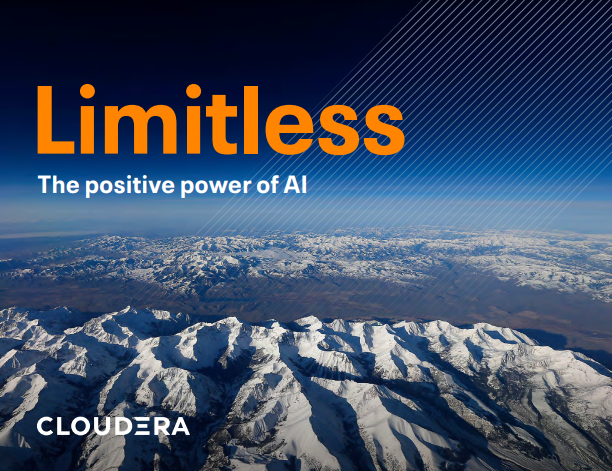
Find below some excerpts of the original report. For the full publication check the link below.
Introduction
Technology can be a great leveler, creating opportunities and providing solutions to the world’s greatest challenges.
However, technology is changing at a rapid rate, and unless there is the desire to use it for the collective good, individuals and communities can quickly become excluded.
This study looks at how technology has been used to overcome inequalities that have been reinforced during the coronavirus pandemic, and what it could mean for how businesses choose to use it for the greater good in the future.
The global coronavirus pandemic has demonstrated the impact of inequality in the gravest terms. Many factors, including race, age, and type of employment can affect how vulnerable a person is. Historically, it is in times of deep crisis that humanity has been able to innovate.
And this pandemic is no different. Thousands of researchers and huge international pharmaceutical companies all pulled together to design vaccines in record time.
But this global scale of collaboration for the good of humanity would not have been possible without technology.
But this global scale of collaboration for the good of humanity would not have been possible without technology
Technology is now being deployed on the frontline by governments, NGOs, and businesses to ensure that communities are safe and connected.
For example, in April 2020, the International Telecommunication Union (ITU) and World Health Organization (WHO) announced that they were committed to “leveraging frontier technologies such as artificial intelligence and big data to diagnose, contain, and predict outbreaks better and faster.”1
At the same time, businesses have used data and technology to find new ways to operate and serve their customers. This has ultimately helped them to survive, adapt, and in some cases emerge from the pandemic stronger.
Now, as businesses attempt to move on from recovery to permanent transformation, they’re presented with a huge opportunity to learn from the pandemic and use Artificial Intelligence (AI), Machine Learning (ML), and Data Analytics technologies to improve outcomes for all. The question is, will they take it?
Now, as businesses attempt to move on from recovery to permanent transformation, they’re presented with a huge opportunity to learn from the pandemic and use Artificial Intelligence (AI), Machine Learning (ML), and Data Analytics technologies to improve outcomes for all.
The question is, will they take it?
At Cloudera, we wanted to better understand whether the pandemic has changed the attitudes of knowledge workers and business decision makers towards these technologies, and where they now feel they are heading.
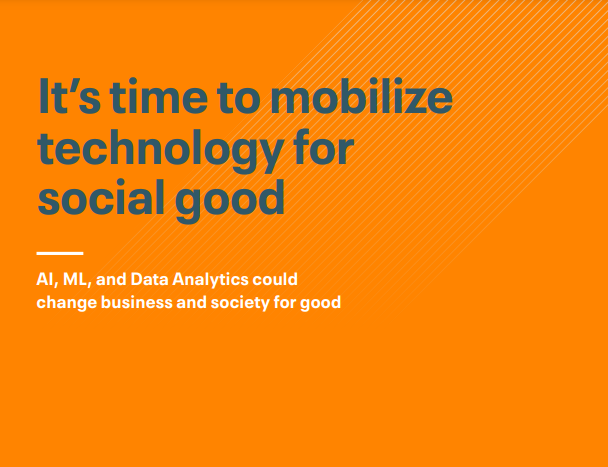
Over a hundred years ago, the first industrial revolution kick-started the creation of cities, improved sanitation, and raised living standards. The digital revolution has opened up the power of communication and freedom of expression. Now the next revolution, with increased use of AI, ML, and Data Analytics, has the power to improve digital literacy and create equal opportunities.
But before the pandemic AI and ML technologies were often met with both excitement and fear. Although businesses recognized the value of using them to create efficiencies, individuals were often concerned about the impact on their jobs and way of life.
Our research shows that there is now a greater desire to ensure that these technologies lead to wider social good. There has been a major shift in sentiment towards AI and ML technologies, which can be attributed to a greater awareness and understanding of how they can be used. Technology has underpinned many innovations since the start of the pandemic, and both employees and employers now believe it will help them thrive in the future
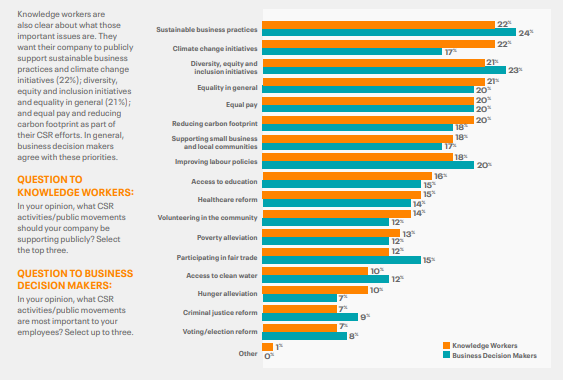
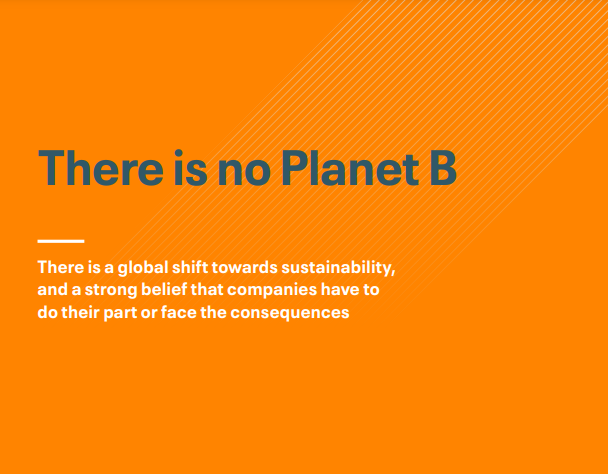
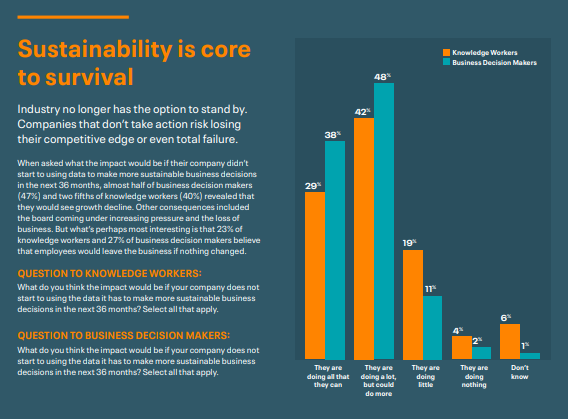
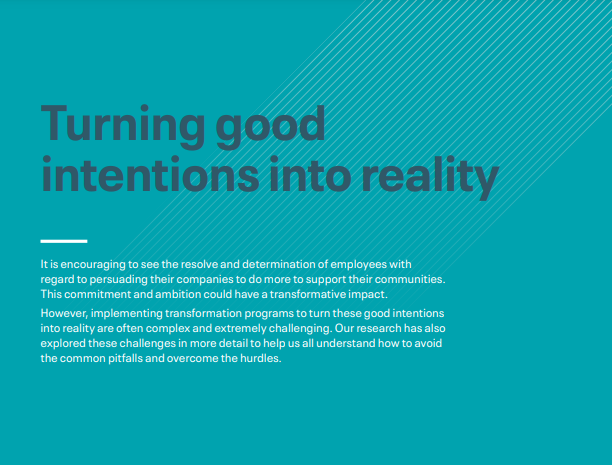
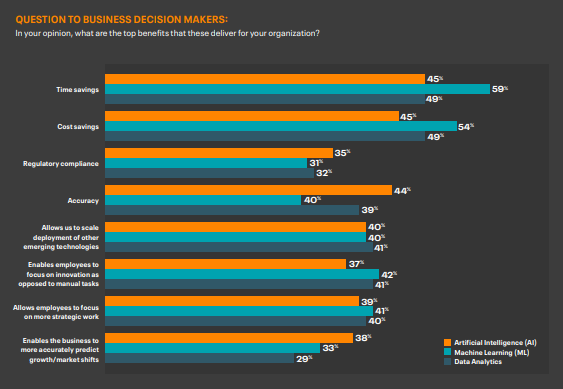
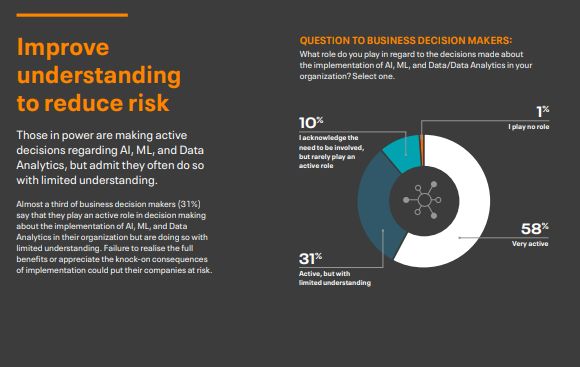
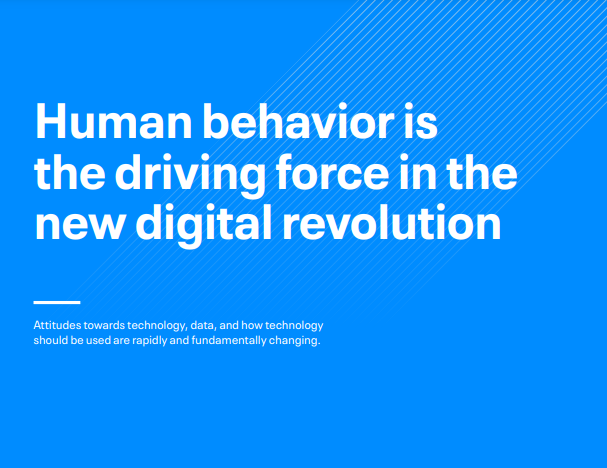
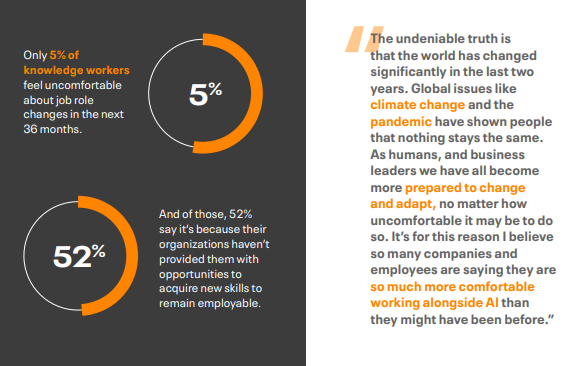

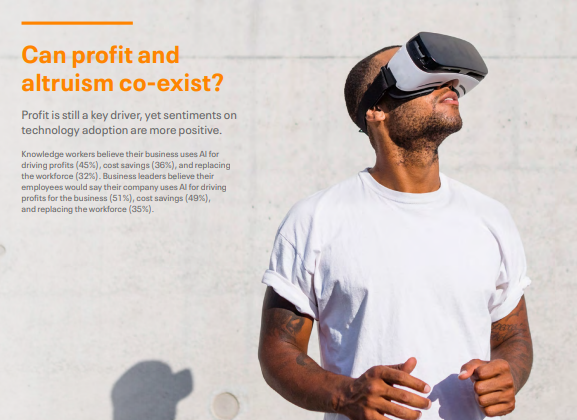
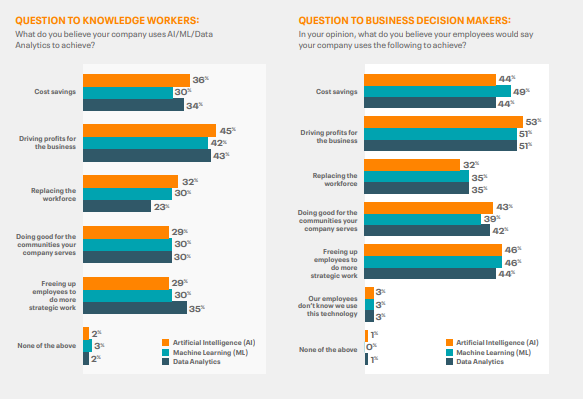
In conclusion
Erica Orange, the Executive Vice President & Chief Operating Officer of The Future Hunters, one of the world’s leading futurist consulting firms, shares her thoughts on the study.
Technological change is being driven by the monumental shifts in automation, robotics, big data, Machine Learning, and AI. To harness the potential of these technologies, there are five significant themes for businesses to focus on.
Technological change is being driven by the monumental shifts in automation, robotics, big data, Machine Learning, and AI.
To harness the potential of these technologies, there are five significant themes for businesses to focus on.
1.Time + the Speed of Change
The future workplace will be less about humans versus AI, instead symbiotic,
human/AI collaboration will be used to increasingly drive innovation and growth.
2.Technological Preparedness
A key obstacle to business adoption of AI is technological preparedness.
To get this right, business must focus on Enterprise Risk Management (ERM) and develop a clear company-wide implementation plan.
3.Emotional Preparedness
A new kind of workforce will also require a new form of leadership, one that
blends human traits like empathy with a tech-savvy and data-driven mindset.
4.Environmental Preparedness
Climate change will affect the lives of every company’s clients, suppliers,
members, and employees.
This means that they must develop more sustainable business practices, which include long-term commitments to ESG and CSR principles.
5.Human-Centricity in an Age of AI
Greater use of AI will mean employees can focus on work that requires
creativity, problem-solving, and imagination. The corporate culture will also have to evolve to recognize the importance of everything from employee mental health to inclusion to the maximization of human potential.
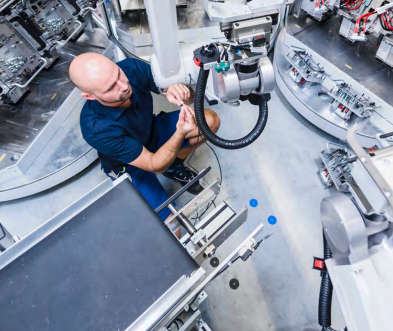
1.TRANSFORMATION OF THE FUTURE: TIME + THE SPEED OF CHANGE
The acceleration of technology will lead to fundamental changes both in our ways of working and the very composition of the workforce itself.
There is much to be said about the disintermediating effects of advanced robotics — a potential future that has left many observers concerned about an approaching era of technological unemployment. But the impact of advanced robotics is far more nuanced.
New human based roles are being created, and AI is freeing up workers’ time in various ways, leading to greater efficiency.
The narrative emerging today is less about humans versus AI than humans and AI. What will increasingly drive innovation and growth is the collaborative and symbiotic relationship between humans and smart systems.
This relationship will be defined not just by automation and replacement, but by augmentation and enhancement.
The narrative emerging today is less about humans versus AI than humans and AI. What will increasingly drive innovation and growth is the collaborative and symbiotic relationship between humans and smart systems.
2.TECHNOLOGICAL PREPAREDNESS
As the world speeds up at a breathtaking pace, adapting to the tide of automation will continue to be an uphill battle.
Therefore, when it comes to the business adoption of AI, one overarching obstacle is technological preparedness.
A key part of preparedness must include a cross-function commitment to ERM — enterprise risk management — as well as a clearly articulated plan on companywide implementation.
ERM becomes critical because any company operating today is susceptible to the vulnerabilities inherent in a world of cyberinsecurity.
Therefore, when it comes to the business adoption of AI, one overarching obstacle is technological preparedness.
A key part of preparedness must include a cross-function commitment to ERM — enterprise risk management — as well as a clearly articulated plan on companywide implementation.
A related concern is a growing talent shortage.
A lack of sufficiently trained AI jobseekers means that we may not have enough human minds to adequately manage these tech-based vulnerabilities.
With the rise of remote and distributed work, data security is going to take on new importance, as will retraining the workforce on the new technology.
Hybrid workers will have to not only become more digitally savvy, but also more aware of how their actions could adversely impact company-wide systems.
A lack of sufficiently trained AI jobseekers means that we may not have enough human minds to adequately manage these tech-based vulnerabilities.
3.EMOTIONAL PREPAREDNESS (including a different type of Leadership)
Another obstacle is emotional preparedness.
Optimizing a hybrid workforce composed of people and AI systems will require a different type of leadership, one that blends human traits like empathy with a tech-savvy and data-driven mindset.
Optimizing a hybrid workforce composed of people and AI systems will require a different type of leadership, one that blends human traits like empathy with a tech-savvy and data-driven mindset.
As companies begin to hire smart, AI-based systems to work alongside human workers, the lines between Human Resources (HR) and InfoTech (IT) may begin to blur.
HR will need to move away from being solely in the management of ‘human’ resources and begin to oversee aspects of data security related to talent management.
HR will need to move away from being solely in the management of ‘human’ resources and begin to oversee aspects of data security related to talent management.
Human centricity will also take on more relevance.
This will include making investments in human capital as well as an emphasis on upskilling, reskilling, and lifelong learning.
This will include making investments in human capital as well as an emphasis on upskilling, reskilling, and lifelong learning.
Of equal importance must be a commitment to forgetting. We — as individuals and companies — must become more comfortable abandoning the knowledge and the skill sets we hold onto that are no longer relevant for where the future is moving.
These will be core tenets of futureproofing and remaining competitive.

4.ENVIRONMENTAL PREPAREDNESS
A third obstacle is environmental preparedness.
Leveraging technology to generate profit is no longer enough. Climate change will affect almost every aspect of doing business. It will affect the lives of every company’s clients, suppliers, members, and employees.
Every business today must engage in the development of more sustainable business practices, which include a long-term commitment to ESG and CSR principles.
The leveraging of big data and AI to make more sustainable business decisions will be a key aspect of future competitiveness.
A core part of this comes down to the reconceptualization of business reward structures.
Business leaders have long been rewarded based on immediate stakeholder gratification and short-term results. But now, entirely new business models — that go beyond solely profit-driven metrics — are rewarding consumers for choosing sustainable offerings.
Those who understand this will be best positioned for future success, particularly because improving business environmental policies is, at its core, about fairness.
The rise of ‘conscious capitalism’ is also being driven by younger generations who are committed to integrity over price and convenience. Growing demand for transparent business has the potential to shape the world for decades to come.
The rise of ‘conscious capitalism’ is also being driven by younger generations who are committed to integrity over price and convenience.
5.HUMAN-CENTRICITY IN AN AGE OF AI
The leveraging of big data and AI can undoubtedly help an organization’s bottom line. But beyond the cost-saving aspects, what AI will continue to do is free up time so that human labor can focus on more meaningful work.
Work that requires creativity, analytical and critical thinking, sensemaking, problem-solving, and imagination will become more valued.
The leveraging of big data and AI can undoubtedly help an organization’s bottom line. But beyond the cost-saving aspects, what AI will continue to do is free up time so that human labor can focus on more meaningful work.
AI is also, however, representative of something far greater. It is forcing us to confront our own humanity. Ultimately, AI is a tool (and agnostic in its design), and one that can be wielded to help empower workers to realize their value and worth.
AI is also, however, representative of something far greater. It is forcing us to confront our own humanity.
Corporate culture will also have to evolve to recognize the importance of everything from employee mental health to inclusion to the maximization of human potential. Self-awareness, social intelligence, adaptability, cognitive flexibility, and the desire for human connection will all become increasingly important.
Corporate culture will also have to evolve to recognize the importance of everything from employee mental health to inclusion to the maximization of human potential.
And for companies, intangible assets such as trustworthiness, transparency, reputation, authenticity, credibility, and perhaps the most critical, honesty, will define what it means to do business in a rapidly changing world.
And for companies, intangible assets such as trustworthiness, transparency, reputation, authenticity, credibility, and perhaps the most critical, honesty, will define what it means to do business in a rapidly changing world.
On an individual level, AI algorithms will become smarter and more pervasive. AI will be able to predict with greater accuracy what we want, think, need, and buy.
It will gain greater insight into our biology, our sensory systems, and even our own neural wiring.
It will also help make our lives more efficient. Time, in today’s world, is one of our greatest assets. Time is a luxury. And AI will be most transformative in its ability to save us time in innovative and imaginative ways.
On an individual level, AI algorithms will become smarter and more pervasive.
Originally published at https://www.cloudera.com




